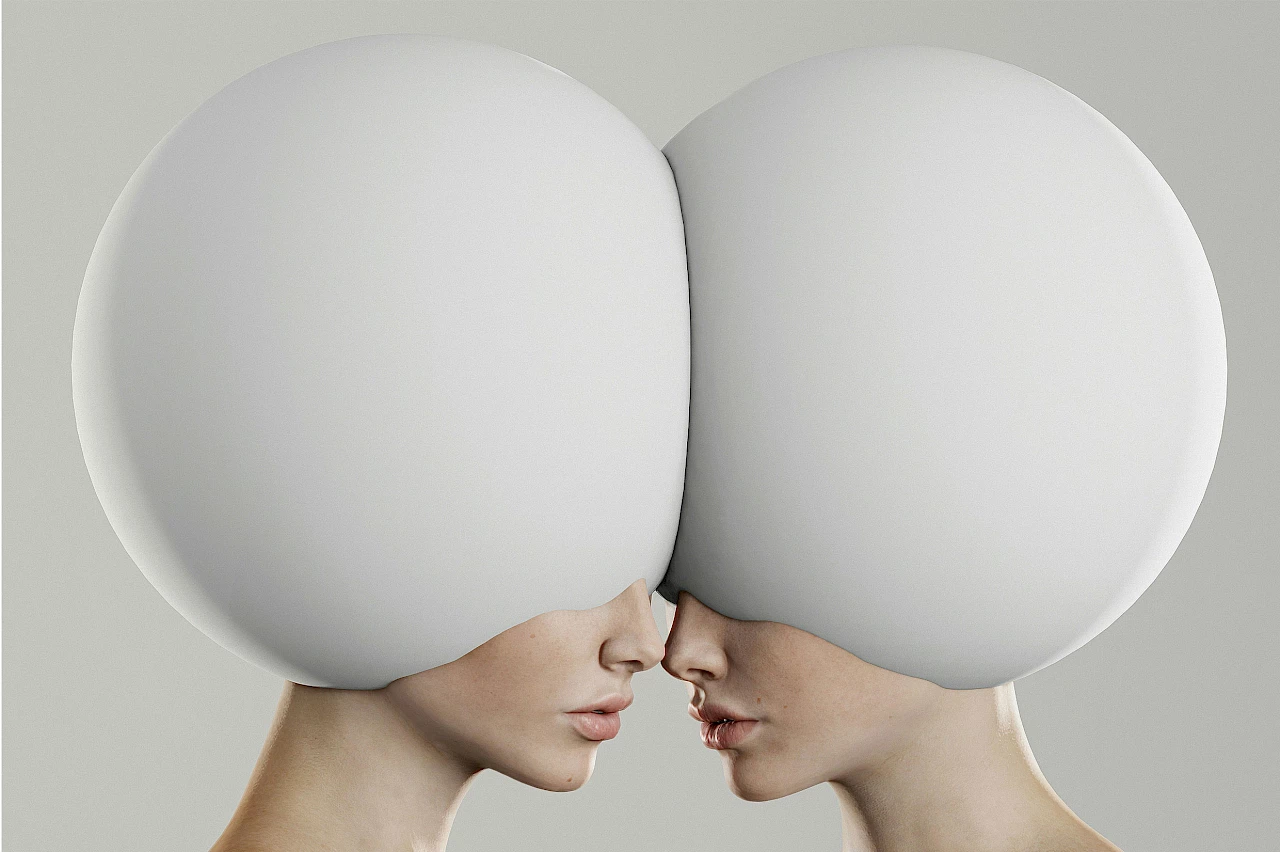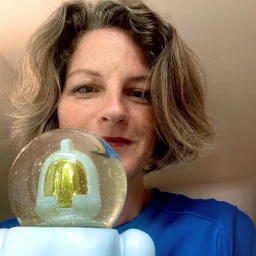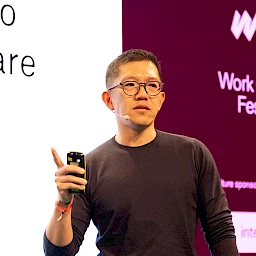Artificial intelligence has long been more than just hype. It changes processes, role models and ways of thinking. But what impact does this development have on how we get along in our everyday working life? What does AI mean for communication, trust and collaboration? It was precisely these questions, along with current studies and discussions, that experts from science, practice and design addressed as part of the Work Culture Festival. The answers showed that the future of collaboration will not only be more technical, but also more human. Provided we want it to be.
From efficiency to relationship: AI as a collaboration partner
Artificial intelligence is increasingly becoming a part of teamwork. It analyses data, suggests decisions, structures meetings and takes on routine tasks. In her latest New Work Order study, trend researcher Birgit Gebhardt discusses how AI is evolving from a tool to an active team member. But this raises new questions: How does collaboration change when we work with a system that doesn’t feel, but increasingly thinks? Gebhardt sees not only opportunities for more individualised learning processes and better coordinated teams but also risks. The more AI takes over, the greater the threat of a loss of interpersonal dialogue. The pandemic has already shown how easily informal conversations and spontaneous encounters can be lost. AI could speed up this development if it is introduced without cultural countermeasures.
Between empowerment and alienation: voices from the real world
At the panel titled From AI Hype to Reality, digitalisation expert Professor Herbert Schuster discussed specific uses of AI in the planning of buildings and workplaces with Julia Schmid and Andreas Stieglbauer from Drees & Sommer. Their conclusion was that AI can help to make processes more efficient, for example through the automated development of spatial concepts. But that is no substitute for the dialogue with the people on the ground. “A good office can be a centre of attraction. But ultimately, people come for the people” emphasised Stieglbauer. The responsibility also stays with people. “Human in the loop” must remain the guiding principle, says Julia Schmid. Technology may support decisions, but should not dehumanize. Social skills are crucial for innovation and productivity, especially in hybrid teams. Small talk included.
New patterns of cooperation
How exactly is collaboration changing? AI makes it possible to analyse, distribute and carry out tasks in the shortest possible time. This shifts team processes around: decisions are made more quickly, briefings are automated and results are “thought through” in advance. At the same time, groups have to familiarise themselves more quickly, coordinate and evaluate. This can also lead to uncertainty, particularly if results are adopted without in-depth discussion because they look perfect. Trend researcher Gebhardt emphasises the importance of new skills. In future, specialists will have to be able to scrutinise, check and meaningfully categorise AI results. It’s about more than technical know-how. It requires the ability to reflect, strong communication skills and the capacity for ethical judgement.
Space as a resonating body
Another aspect is the design of the working environment. According to Sophie Kleber, UX Lead at Google, spaces in an AI-supported working world need to become more active and empathetic. In her keynote speech at the Work Culture Festival, she spoke about neuro-adaptive environments—spaces that adapt to the moods and needs of their users. Biophilic design, adaptive lighting systems and targeted soundscapes are examples of this. All of this could not only increase productivity, but also promote emotional bonds. In her study, Birgit Gebhardt also emphasises that we need spaces that absorb these leaps when AI repeatedly interrupts our thought processes, for example with assistance functions or decision suggestions. Offices should therefore be designed to be multi-sensory, inclusive and hybrid. It is crucial that people who are connected digitally also feel like full team members.
Culture as a key, uncertainty as a resource
What remains is the question of the cultural interaction with AI. Because in addition to technological expertise, a new attitude is needed most of all. In her analysis “AI in collaboration: efficiency gain or relationship killer?” Nina Daub warns of a creeping loss of closeness. If prompts replace meetings and nobody asks critical questions, something fundamental is lost, according to Daub. “Friction is not a mistake—it’s the prerequisite for innovation,” she writes. Besides, “Proximity doesn’t need a business case—it needs space.” Organizational researcher Vaughn Tan also sees the cultural dimension as the key to sustainable collaboration. In his presentation at the Work Culture Festival, he argued in favour of seeing uncertainty not as a deficit but as a resource, as a starting point for innovation. Companies that focus on control, predictability and risk minimisation run the risk of losing their ability to change. What’s needed instead is open roles, continuous learning and so-called “safe to fail” environments. These are spaces in which experiments are possible and not knowing is explicitly permitted. This is the only way to create a new type of collaboration between man and machine: courageous, iterative and human-centred. Or, as Tan put it: “Take not-knowing seriously.”
Redesigning collaboration
Artificial intelligence is not only changing the what, but also the how of our work. Collaboration is becoming faster, more data-based and more complex. However, whether it remains human is not decided by the algorithms, but in everyday working life. The opportunity lies in using AI as a tool for better collaboration and not as a substitute for relationships. Companies that understand this therefore invest not only in technology, but also in space, culture and relationship management. They create structures in which trust can grow, and they focus on cooperation that is more than the sum of coordinated processes, but real connection.
You can read the complete German articles and interviews at:
Birgit Gebhardt: https://iba.online/newsroom/themen/kollaboration-mit-ki-interview-mit-trendforscherin-birgit-gebhardt/
Panel „Vom KI-Hype zur Realität“: https://iba.online/newsroom/themen/ki-gestutzte-arbeitsweisen-vom-hype-zur-realitaet/
Sophie Kleber: https://iba.online/newsroom/themen/wie-intelligente-umgebungen-zur-steigerung-von-produktivitaet-und-wohlbefinden-beitragen/
Nina Daub: https://iba.online/newsroom/themen/ki-in-der-zusammenarbeit-effizienzgewinn-oder-beziehungskiller/
Cover photo: unsplash.com




 Jasmin Najiyya
Jasmin Najiyya 


